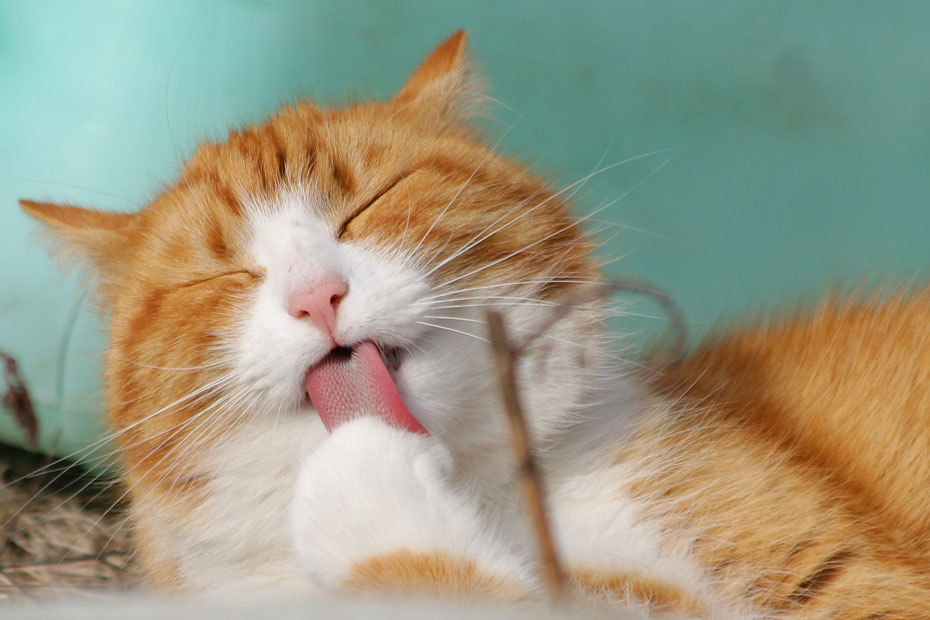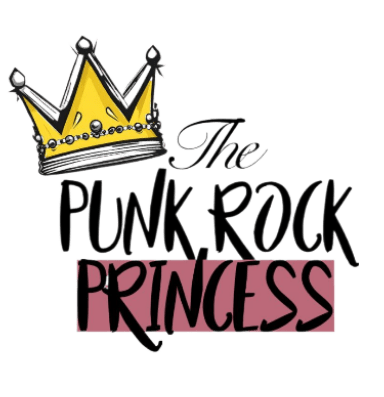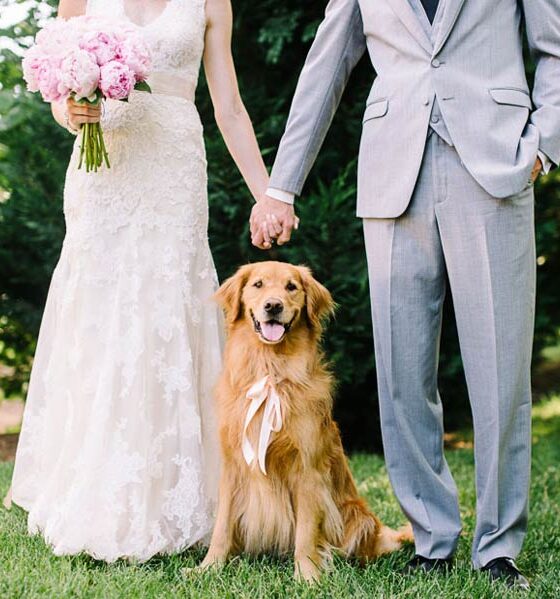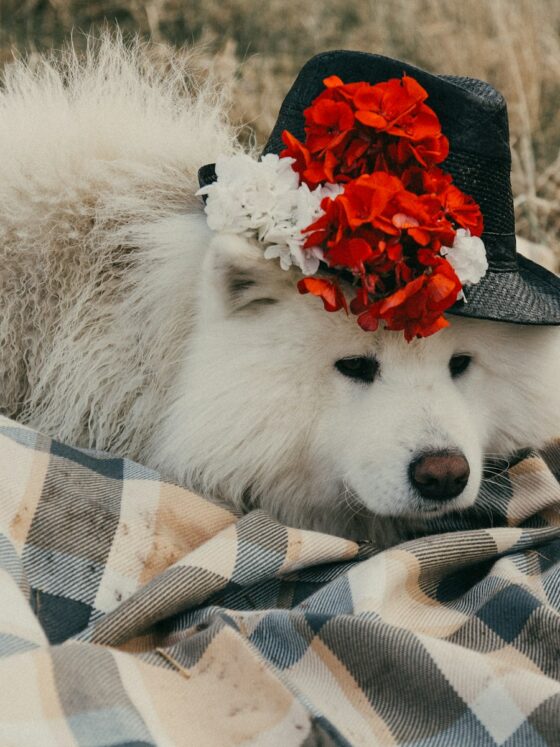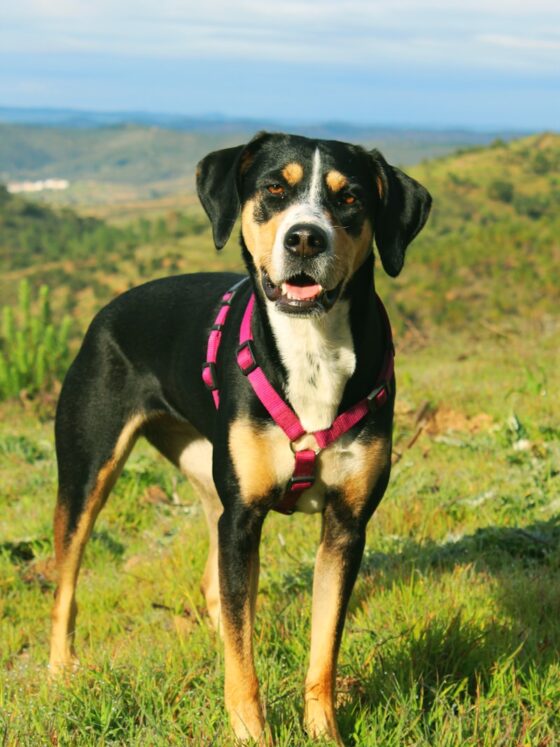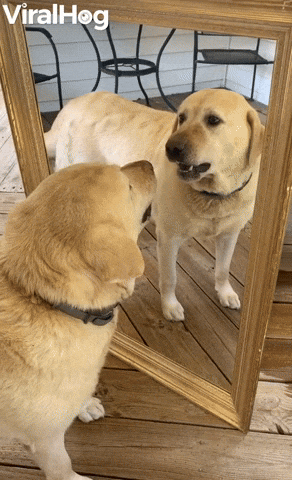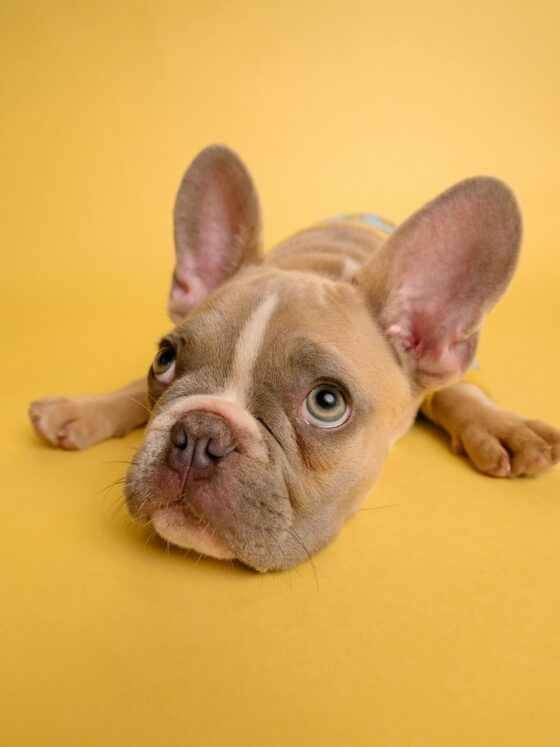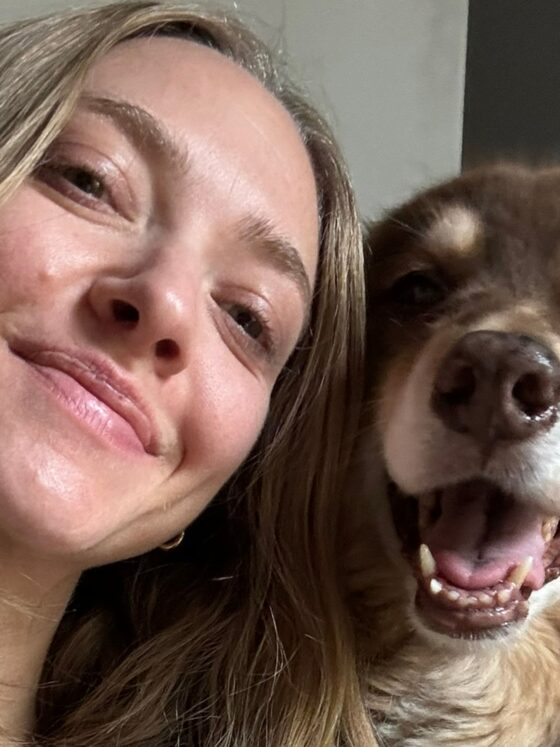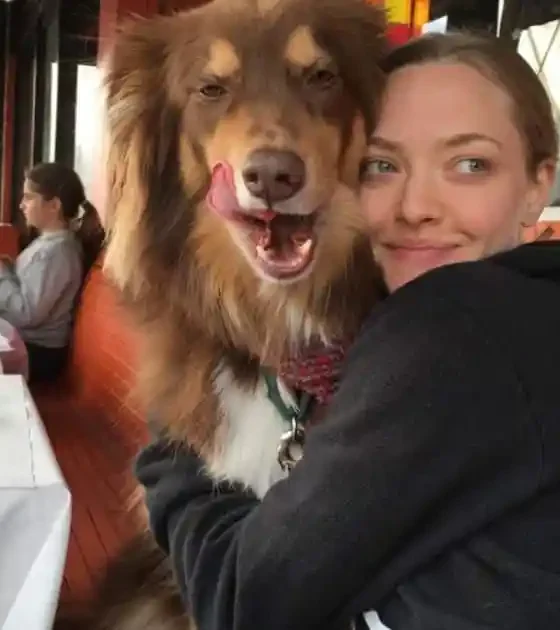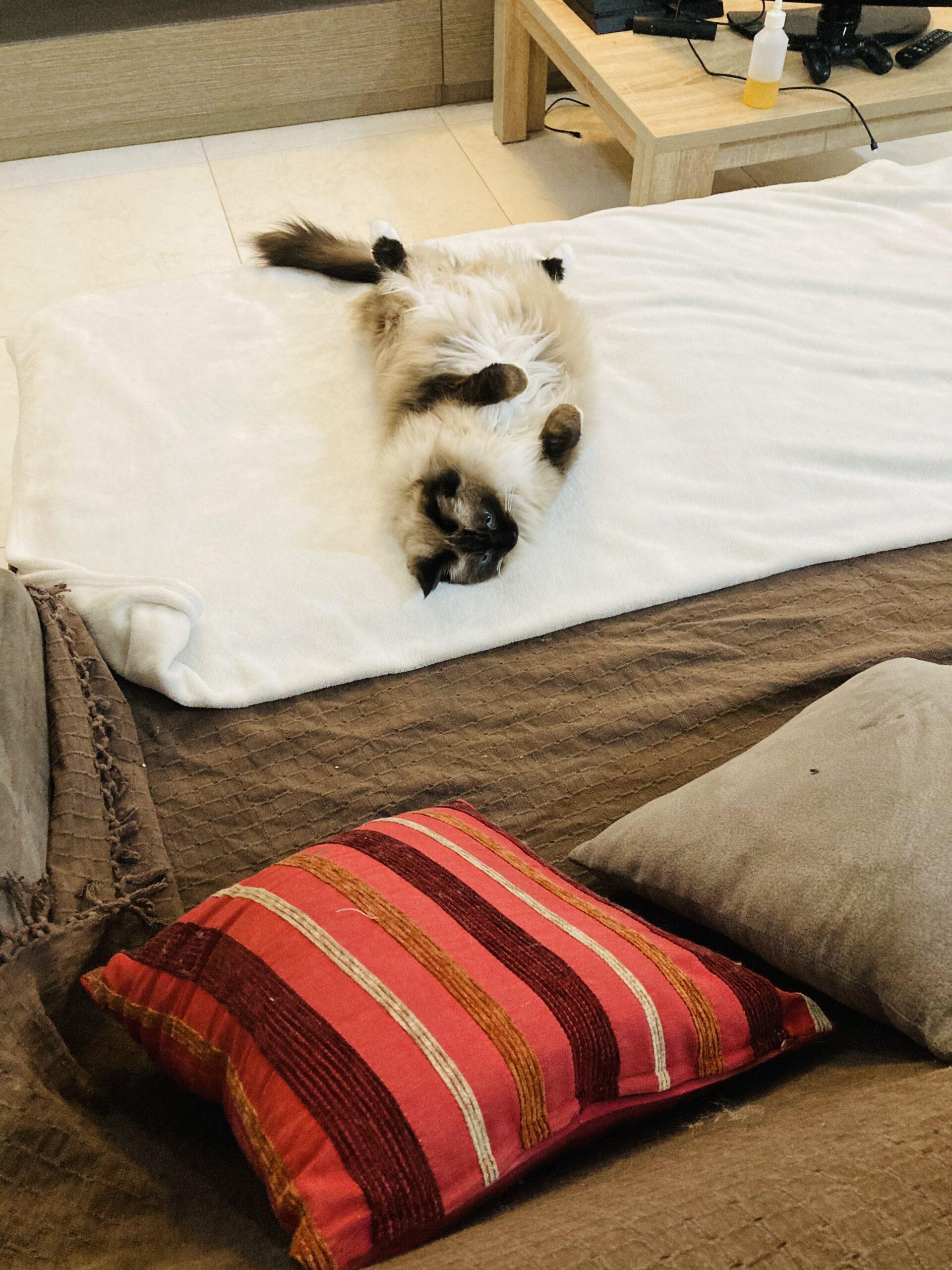Dogs are pure love wrapped in fur. They make us laugh, they snuggle like champs, and they’re always so thrilled to see us (sometimes a little too thrilled). But if your pup pulls you down the street like a sled dog or bounces off every lamppost in sight, you already know the struggle: over-excited dogs can be exhausting.
Here’s the truth: while excitement is natural, constant hyper behaviour doesn’t always equal happiness. In fact, a calm dog is usually a happier dog. So, if walks feel like chaos instead of quality bonding, don’t stress—we’ve got you. This guide breaks down how to calm an overexcited dog and turn those tug-of-war walks into actual adventures.

Why your dog is so hyped
Before we dive into fixes, let’s talk about why your furry friend is bouncing off the walls on walks.
- Too many distractions: Every person, squirrel, butterfly, or sound is an event.
- Not enough mental stimulation: Dogs need more than physical exercise—they need brain workouts too.
- Lack of training boundaries: Without leash training, they think they control the walk.
- Pent-up energy: Skipping playtime or exercise before a walk can make the leash feel like a rocket launch.
Understanding the “why” helps you focus on the “how.”
Step 1: Master leash training
Leash pulling is basically Dog 101 in excitement. The fix? Show your pup that pulling = no progress.
Here’s how:
- The second your dog pulls, stop moving.
- Wait until they come back or the tension eases.
- Start walking again.
This sends the message: you don’t get to lead, I do.
If your dog is a true powerhouse, try a retractable leash or front-clip harness to give you more control without turning walks into a wrestling match.
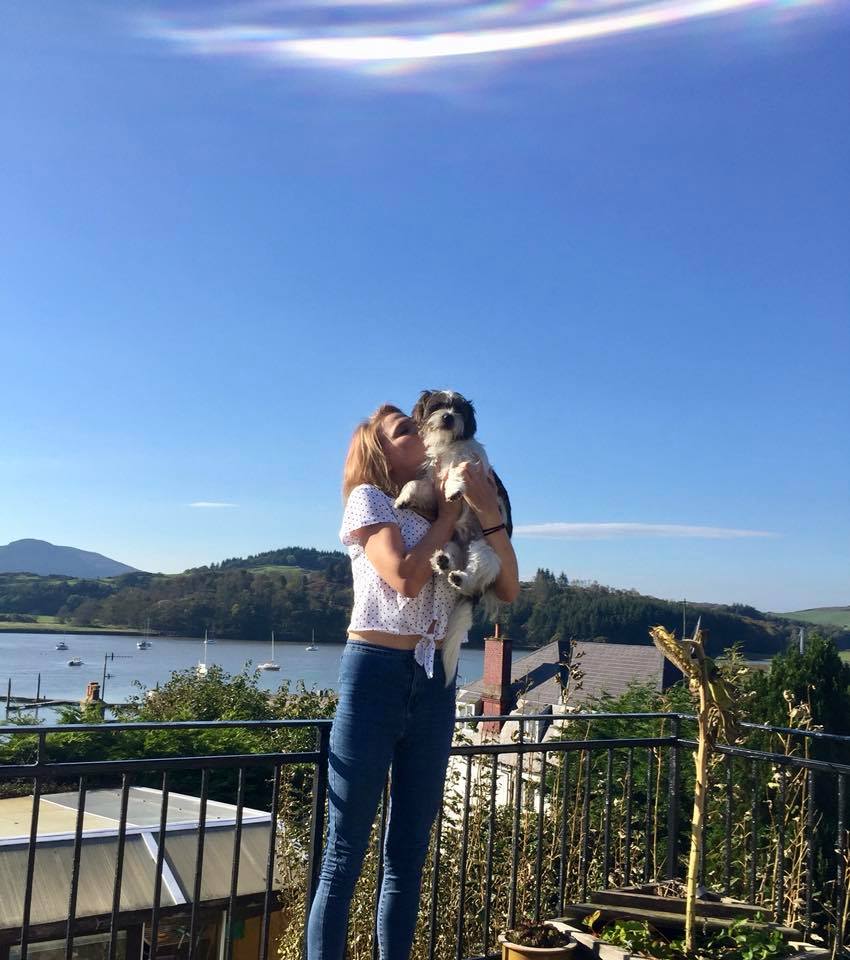
Step 2: Tire out the brain, not just the body
Excitement isn’t always about energy—it’s often about overstimulation. Your dog’s brain is working overtime, processing every smell and sound.
Mental stimulation hacks:
- Puzzle toys before walks.
- “Find it” games with hidden treats.
- Short training sessions (sit, stay, paw) for focus.
A tired brain = calmer behaviour on the leash.
Step 3: Reward the calm, not the chaos
Dogs live for positive reinforcement. The trick? Rewarding only the behaviour you actually want.
- Calm = treat, praise, affection.
- Hyper = no reaction.
If your pup makes it past another dog without lunging or sits calmly at the curb, that’s your moment to celebrate. Over time, they’ll learn that chill behaviour = reward.
Step 4: Control the environment
Sometimes the world is just too much. If your dog gets overwhelmed by busy streets, start with quieter areas. Slowly increase exposure to distractions as they learn self-control. Think of it as social training, not punishment.
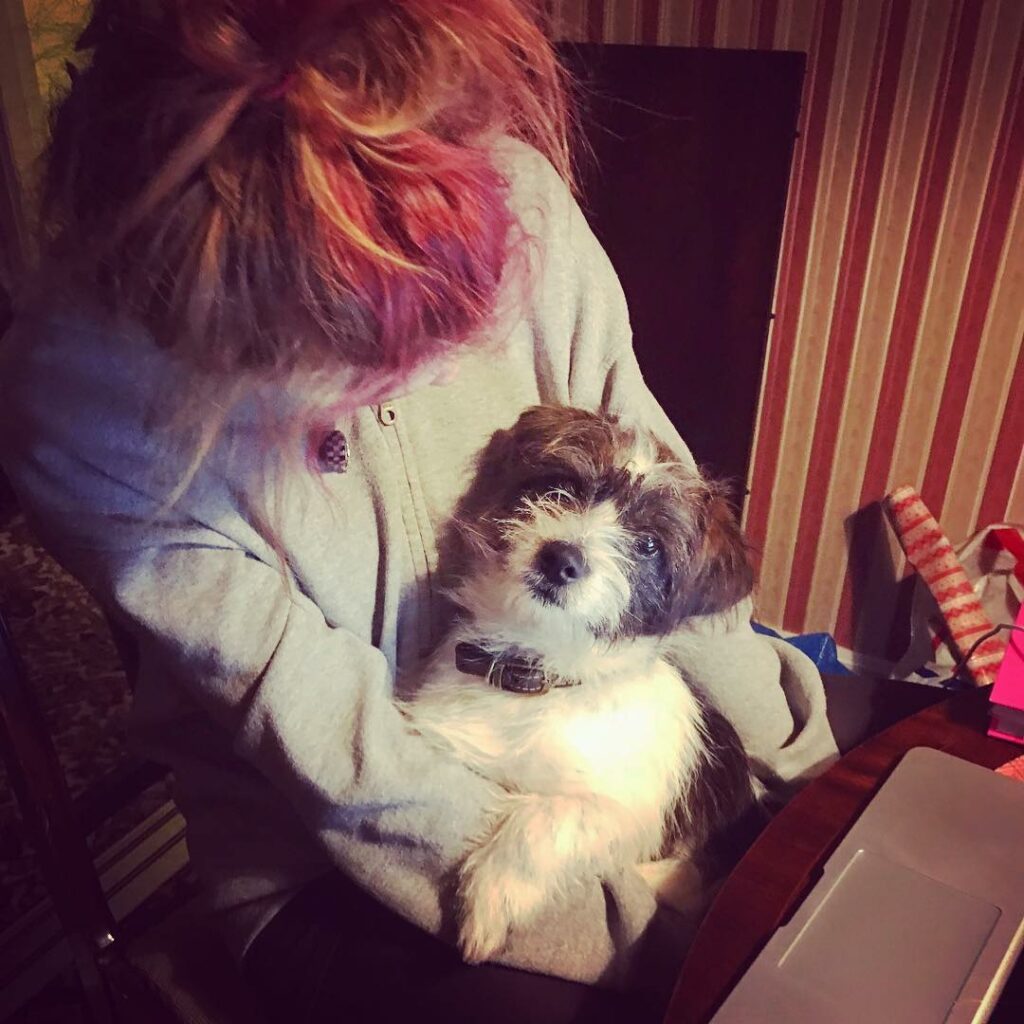
Step 5: Stay calm yourself
This one’s underrated: your dog mirrors your energy. If you’re anxious, frustrated, or tense on the leash, they’ll feed off that vibe. Stay relaxed, keep your tone steady, and model the calm you want from them.
Real talk: it takes patience
Walking an over-excited dog isn’t something you “fix” overnight. It’s a mix of consistent training, structured walks, and celebrating small wins. Some days will feel chaotic, but others will surprise you—like the first time your pup walks calmly beside you without pulling. That moment? Totally worth it.
The final vibe check
At the end of the day, learning how to calm an overexcited dog is about balance. They don’t need to be robots—they just need boundaries, stimulation, and lots of patience. With the right tools, you’ll transform walks from stressful to joyful, giving your dog what they really want: time with their favourite human (that’s you).
So grab the leash, take a deep breath, and remember—calm is the new happy.
